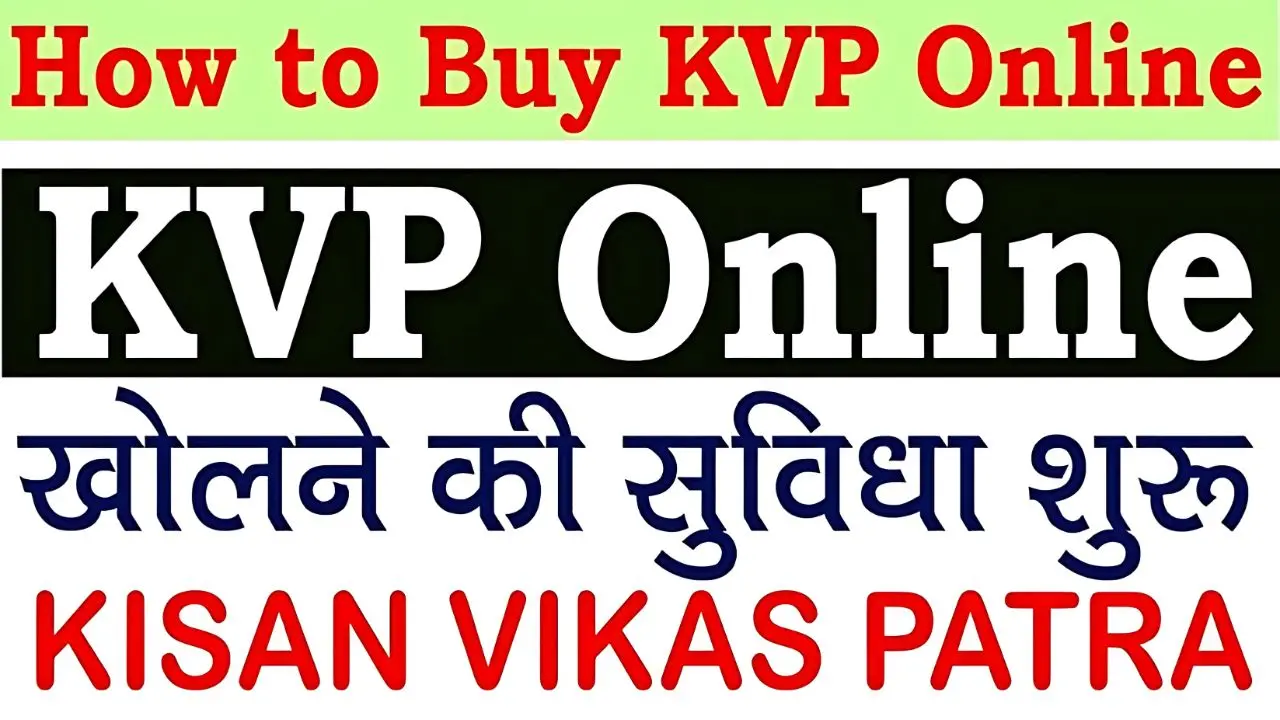The Kisan Vikas Patra (KVP) scheme is one of India’s most trusted government-backed savings instruments. In 2025, it continues to attract investors looking for secure and predictable returns. Owing to attractive rates of interest, fixed maturity, and ease of availability at the post offices, the KVP has become a very popular instrument for long-term savings and planning for finance.
What is KVP?
Kisan Vikas Patra or KVP is a savings-certificate scheme promulgated by the Government of India to inculcate the element of long-term financial discipline among the citizens. The scheme virtually allows an individual to double his amount in a certain stipulated period of time, hence it makes an attractive option for the conservative investor. It may be purchased by any Indian citizen, or a minor investing through a guardian.
Interest rate in 2025
As of 2025, the government of India fixes the rate of interest on KVPs, which is subject to periodic review. The present rate, meaning guaranteed returns compounded annually, assures that the amount invested slowly grows over the maturity period. It, thus, makes KVP the perfect choice for a risk-averse investor who desires guaranteed returns instead of returns linked to the stock market. The interest rate remains fixed for the tenure of the scheme, which gives some degree of predictability in terms of financial planning.
Maturity Period
KVPs have a set maturity period, which allows the sum invested in them to become double. In 2025, this maturity period still runs as it ordinarily did during the earlier years, which is roughly 124 months from the date of investment. An investor cannot withdraw an amount before the lock-in period except in rare and unusual circumstances like death of the holder and upon maturity. This phase of long-term horizon inculcates people with a saving habit and ensures the capital appreciates with time.
The Mode of Investment
It is the most natural procedure of investment and can be done at any post office across India. First, the investor has to walk into the post office with valid ID proof such as Aadhaar, PAN card, or voter ID. KVP forms are filled out by the customer while depositing the agreed amount payable in denominations of Rs 1,000 and upward. A certificate is issued at the post office confirming the investment, which is to be retained by the customer as proof for future transaction or withdrawal.
The Nomination Facility and Transfer of KVP
A KVP offers a nomination facility whereby an investor can nominate any person to receive the proceeds from the investment on the death of the investor. Further, the KVP certificates are transferable from one post office to another anywhere in India by the investor, thereby offering added flexibility and convenience-and ensuring the investment remains safe and accessible regardless of the location of the investor.
Tax Implications
Principal invested in the KVP is exempted for income tax; however, the interest accrued is fully taxable according to the income slab of the individual. There are no provisions for tax deduction in the case of KVP under Section 80C. But it goes without saying that KVP is a safe and predictable investment, especially for those who want to go with guaranteed growth with no market risks.
Conclusion
KVP continues to be a reliable investment for the year 2025 for Indians seeking safe and long-term avenues for financial growth. Assured interest rate and fixed maturity period with access to convenient post office make for this scheme the most convenient and safest choice for secure investment. Be it for building up finances for any upcoming need or a trusted savings instrument on which you can rely, KVP is an apt choice for those who want to build wealth in a disciplined manner on a guaranteed basis.




